EPOMAKER offers many pre-built boards, so it is refreshing to see their own take on a barebones keyboard kit. The EPOMAKER EK75 Kit is a 75% gasket-mounted aluminium keyboard, with support for VIA and has three modes of connectivity. The EPOMAKER EK75 Kit retails for US$150.
Tech specs
| Dimensions | 355 * 159 * 43mm |
| Angle | 6.0° |
| Weight | 1.8kg |
| Body Material | Aluminium 6063 |
| Plate options | PC (with flex cuts) |
| PCB options | Hot-swappable |
| Stabilizers | Included; Screw-in |
| Connectivity | Type-C Wired, Bluetooth 5.0 & 2.4GHz |
| Software | VIA with .json until it’s merged |
Unboxing
Below is what you will receive in the EPOMAKER EK75 Kit:
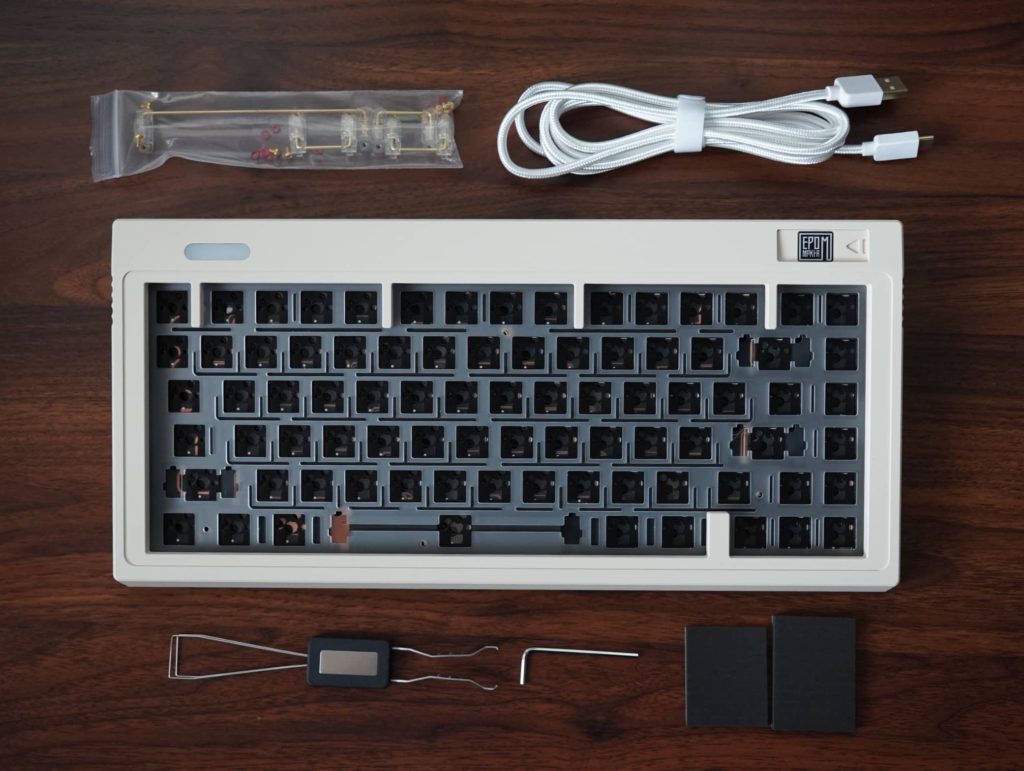
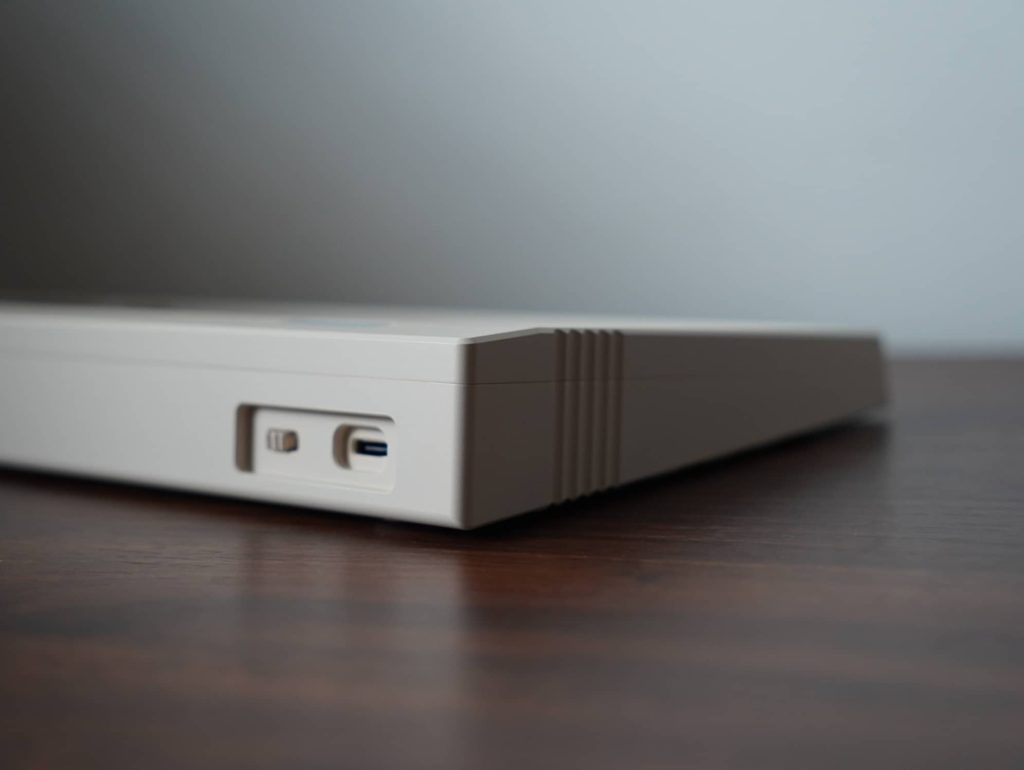
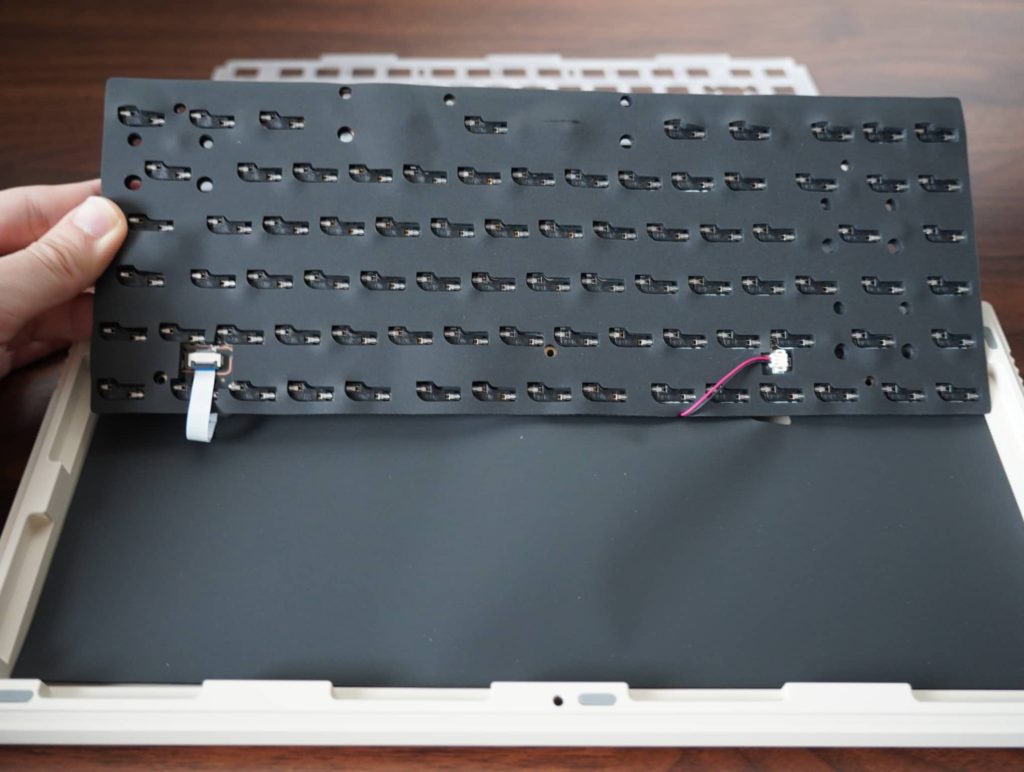
- EPOMAKER EK75 case
- Hotswap PCB
- PC plate
- Poron plate foam, PCB IPXE foam, bottom case foam
- USB-C to USB-A cable
- Screw-in stabilisers
- Keyboard & Switch puller
- Allen key
- Gaskets (2 types)
Build quality and design
There are two colour options to choose from – (1) white, and (2) black. The unit I have is the white colour option, which is more of an milky white colour rather than a standard white. The anodisation has this smooth finish to it, which feels nice to the touch and premium feeling. The top right corner of the EPOMAKER EK75 Kit has a sliding drawer to house the 2.4GHz USB dongle. The drawer is shut tight by magnets, and it is removable when you disassemble the case. It would have been nice if EPOMAKER didn’t slap their brand on the drawer, or could also offer another colour option for this drawer lid to add an accent colour.
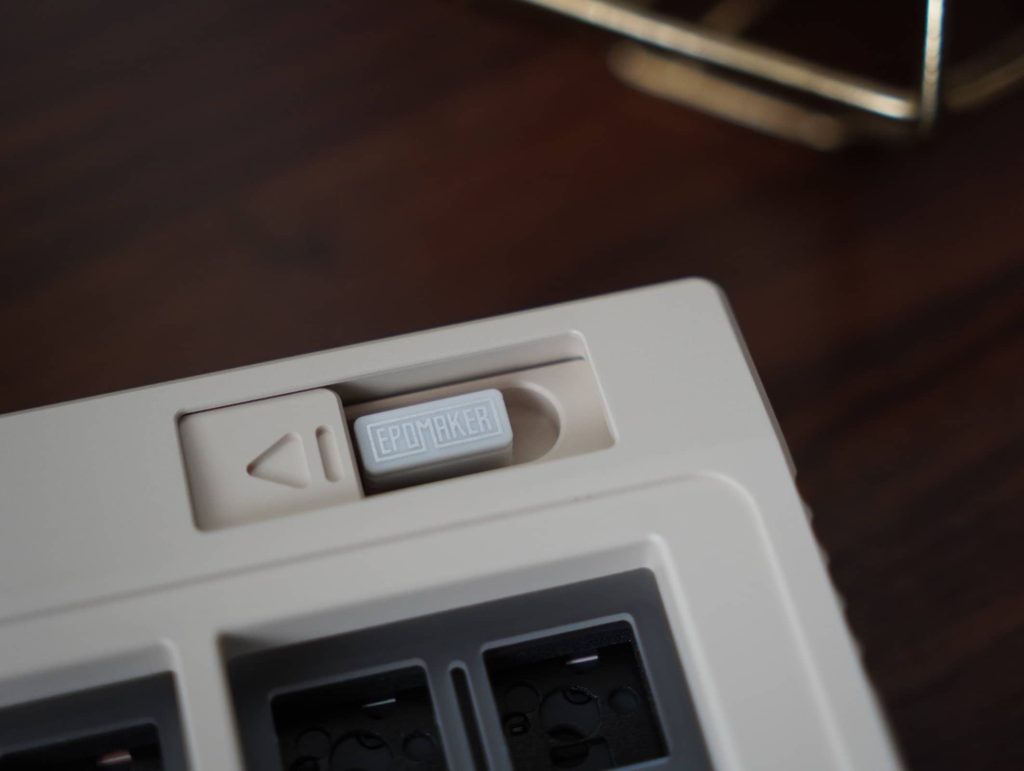
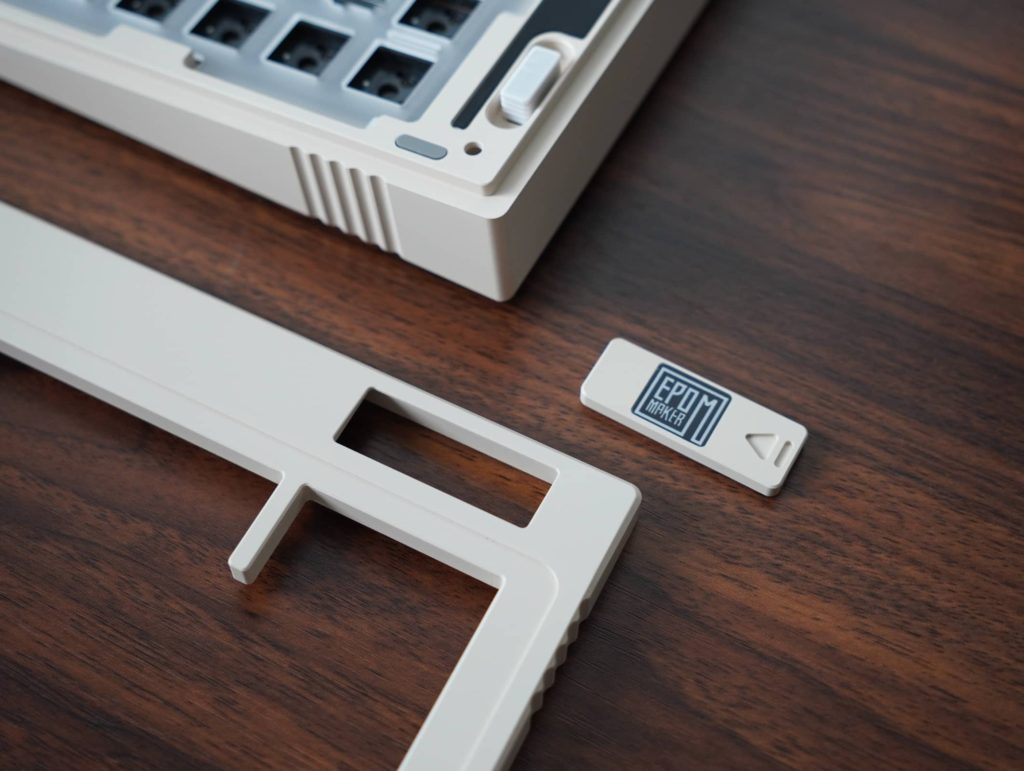
When it comes to the design, the EPOMAKER EK75 Kit has a unique silhouette with a thick head coupled with a angled chin. The sides also feature a small segment of fluted linings, reminiscent of the Thermal Seq2 design language, though it has a more subtle implementation. The top left corner of the EPOMAKER EK75 has a pill shaped diffuser for subtle RGB lighting to pass through to add some personality to the board. There is also enough height on the case such that the keycaps looks recessed instead of being floating. USB-C port is on the left side.
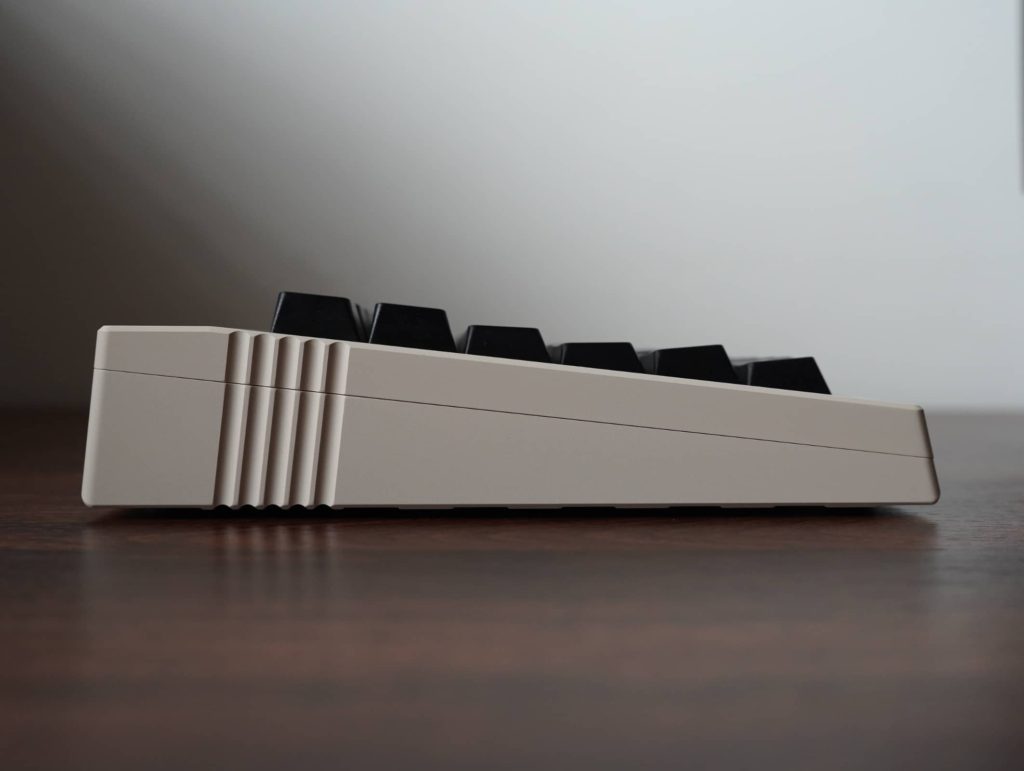

Flipping the board over, there is a circular brushed aluminium weight located in the middle of the board. I don’t think it adds much weight to the board, but the copper accented look to helps to add some pop and contrast to an otherwise plain back. You’d also find four rubber feet along with six screw holes.
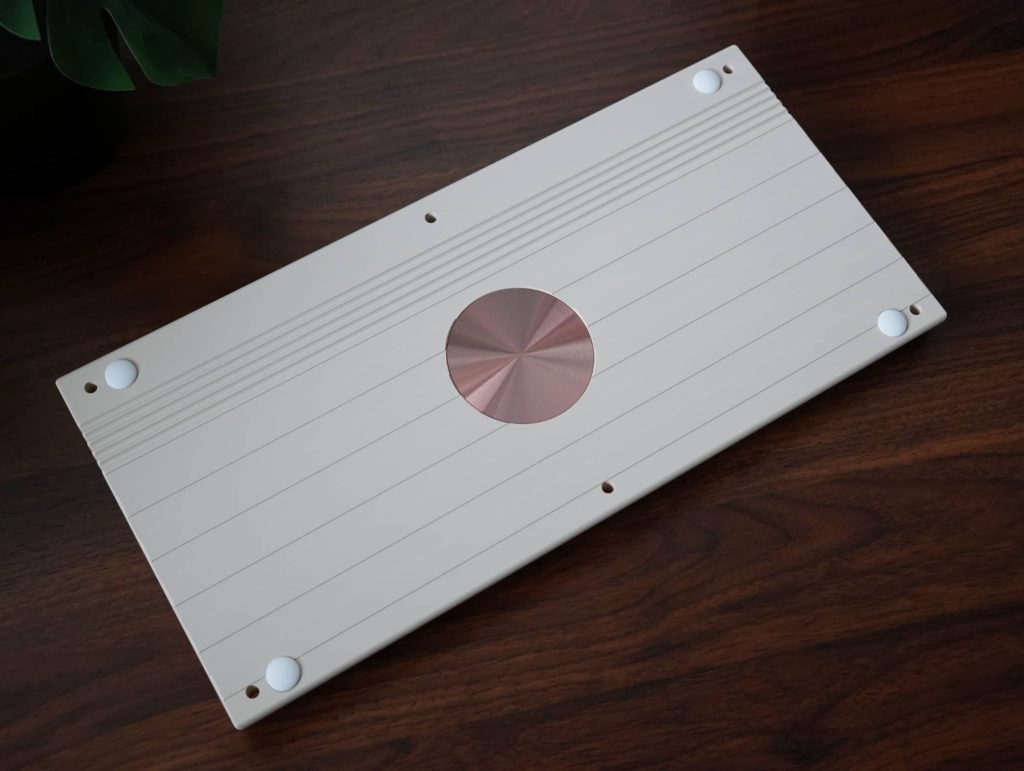
The EPOMAKER EK75 Kit is built really well. The aluminium feels high quality and doesn’t have any ping at all. The board weighs about 1.8kg when fully assembled. Overall, the construction of the EPOMAKER EK75 Kit is solid, I do not have any complains about it.
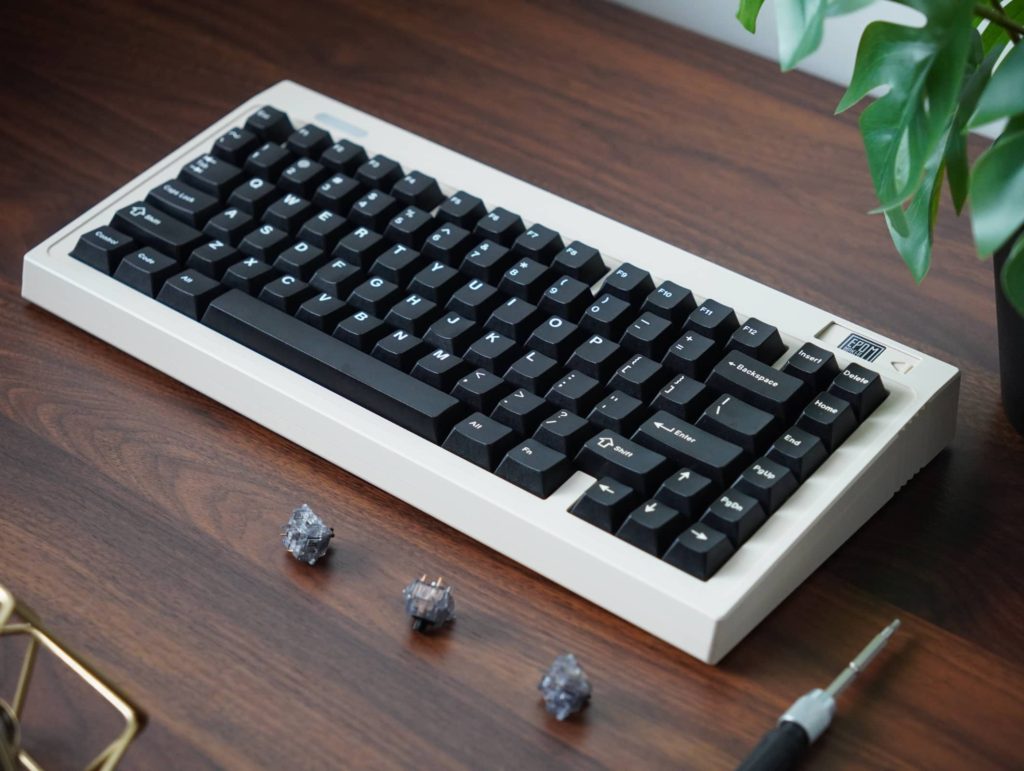
Build experience
Disassembling the EPOMAKER EK75 is straightforward. Unscrew the 6 screws on the bottom and the top and bottom case will split apart. The hotswap PCB will have two connections via wire – (1) to the USB daughterboard, and (2) battery connection. If you want to remove the PCB separately to work on, do be careful to remove these connections first. There is also a thin insulation sheet under the PCB to prevent shorting.
There are three types of foams provided in the EPOMAKER EK75 Kit. You have:
- Bottom case foam (taped on to the back of the PCB)
- IPXE sheet
- Poron plate foam
I’d suggest leaving the bottom case on since it’s kind of stuck to the PCB so it might be too might of a hassle to remove it. But you can definitely choose if you wish to include the IPXE sheet or Poron plate foam to your build.
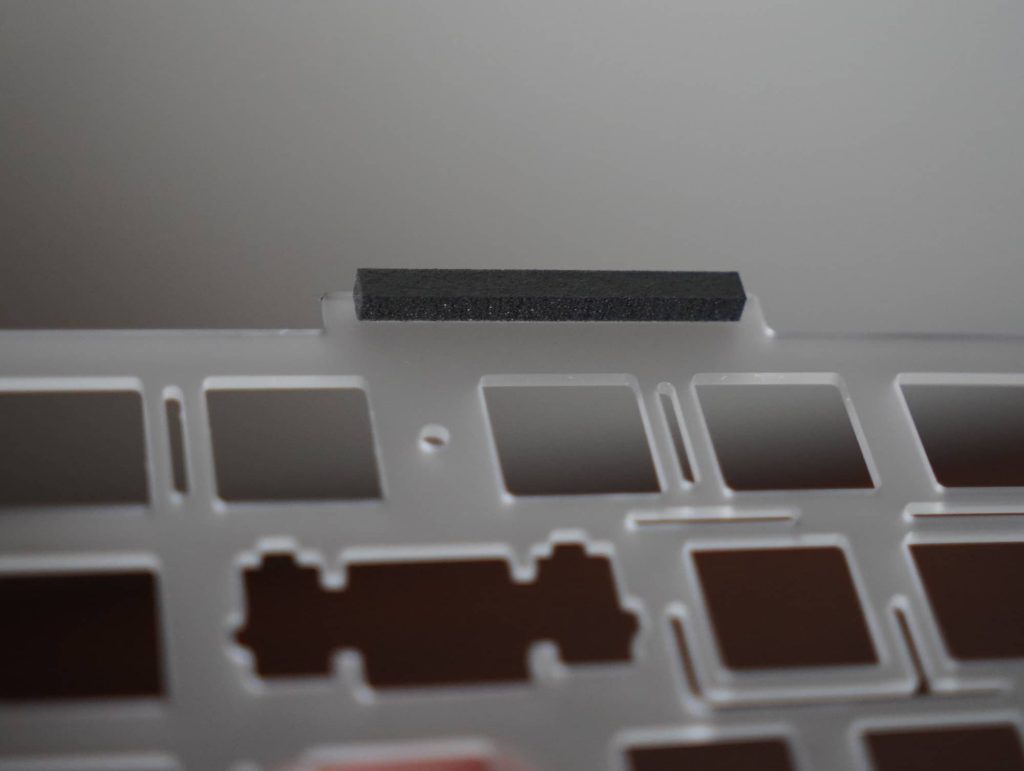
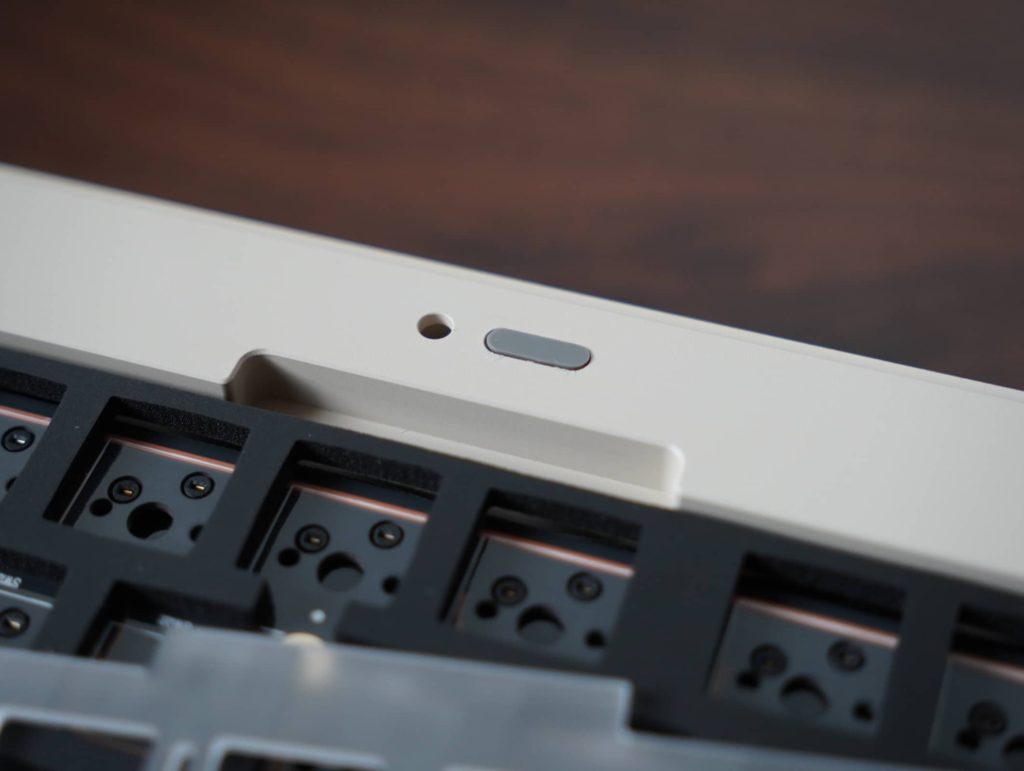
There are also two types of gaskets included, which are meant to be pasted on both sides of the PC plate. There is no guidance in the user manual on which gasket should be applied on which, but based on marketing images it seems like the thicker one should be on the underside.
Typing acoustics & feel
For my build, I included all the provided foams except for the IPXE sheet. Along with this configuration includes the EPOMAKER Shadow Black linear switches with GMK White on Black keycaps. The Shadow Black linear switches feature a POM stem in PC housings, has a relatively high pitched sound profile.
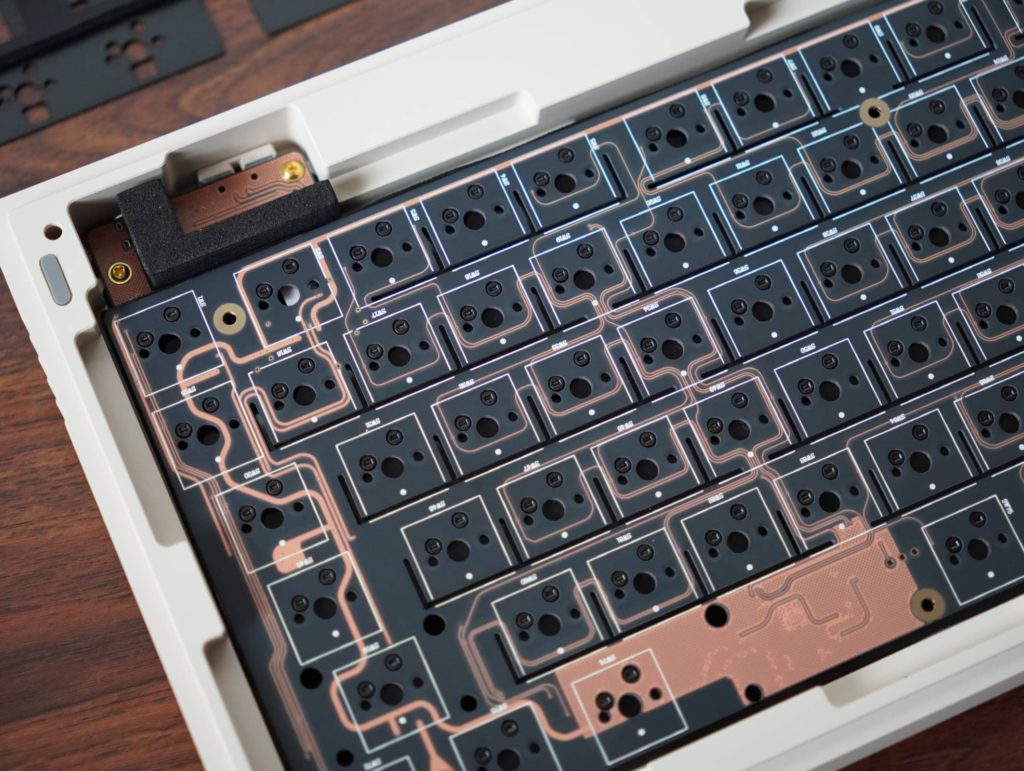
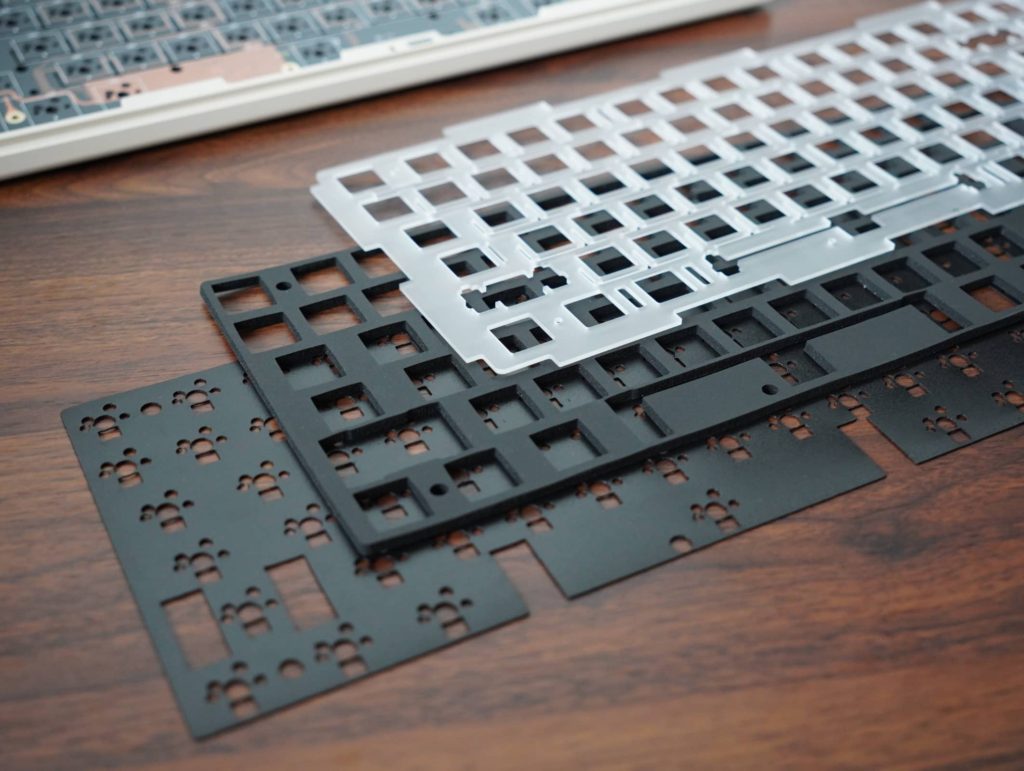
Both the PCB and PC plate feature lots of flex cuts which does dampen the overall volume slightly, but still giving the Shadow Black linear switches some room to clack. The included foams cleans out any potential hollowness, and flattens out the sound signature slightly. You can take a listen at the sound test below:
The combination of flex-cut PC plate and the gaskets offered a soft typing experience. The flex is evenly distributed across the board, giving a hint of bounce. It is a comfortable typing experience, and wil surely be an upgrade for those coming from a tray mount keyboard.
Connectivity and VIA support
EPOMAKER says the EK75 Kit is supported by VIA, but you’d have to download the .json file from their website for the VIA app to recognize it as it technically isn’t officially supported. Depending on which connectivity mode you are using, there are different .json files that you have to use – wired or 2.4GHz. You would need to turn on the ‘USe V2 definition’ setting on the ‘Design’ tab to load the .json file.
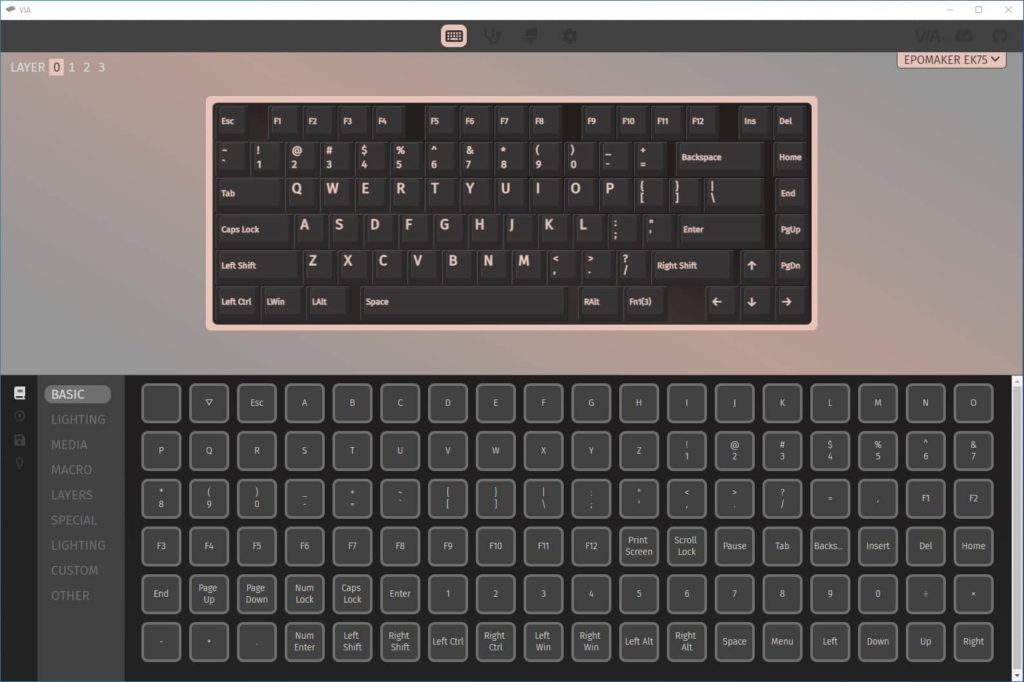
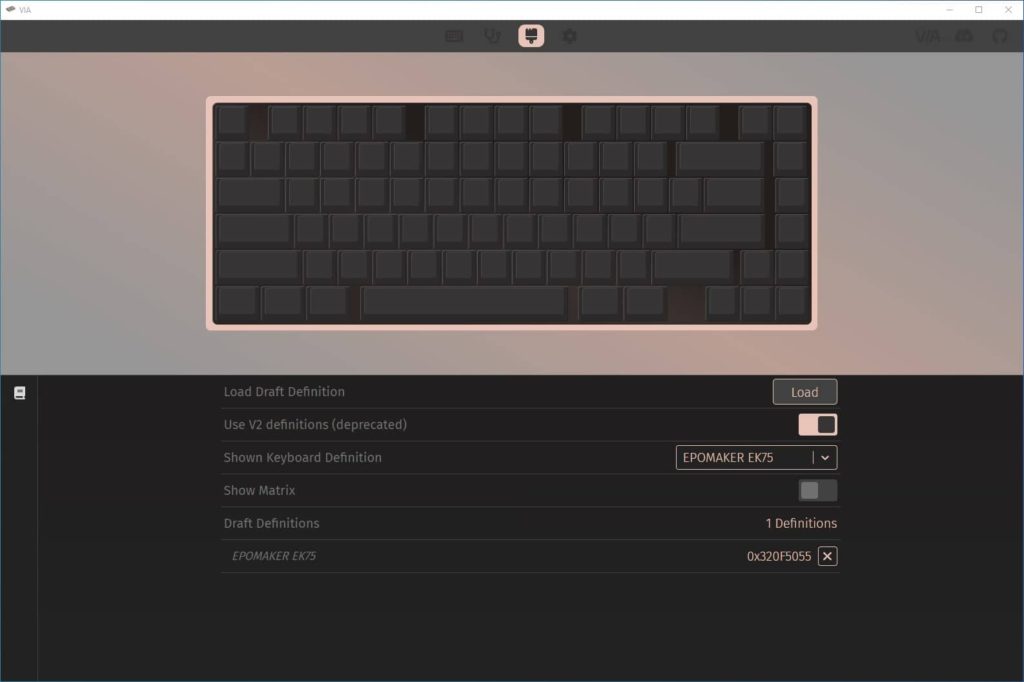
Apart from wired or wireless 2.4Ghz, you can also connect to the EPOMAKER EK75 via Bluetooth. The keyboard has a 3,000mAh battery to support wireless/Bluetooth use.
Conclusion
The EPOMAKER EK75 Kit is a solid barebones keyboard kit if you are looking for a 75% layout. The build quality is good, has three modes of connectivity, supports VIA, and offers a soft typing experience in a uniquely designed case. This new EK line by EPOMAKER is certainly very promising, and I hope they start to add more layouts to this, especially a TKL. At US$150, it is decently priced though the price competition these days is starting to get more intense.

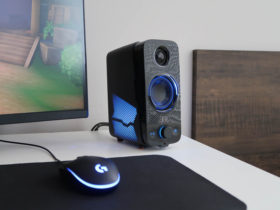
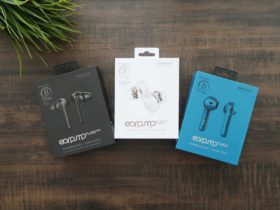
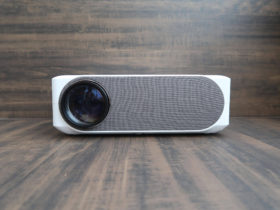
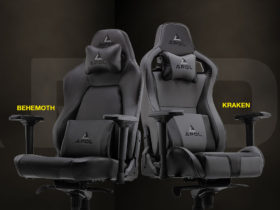
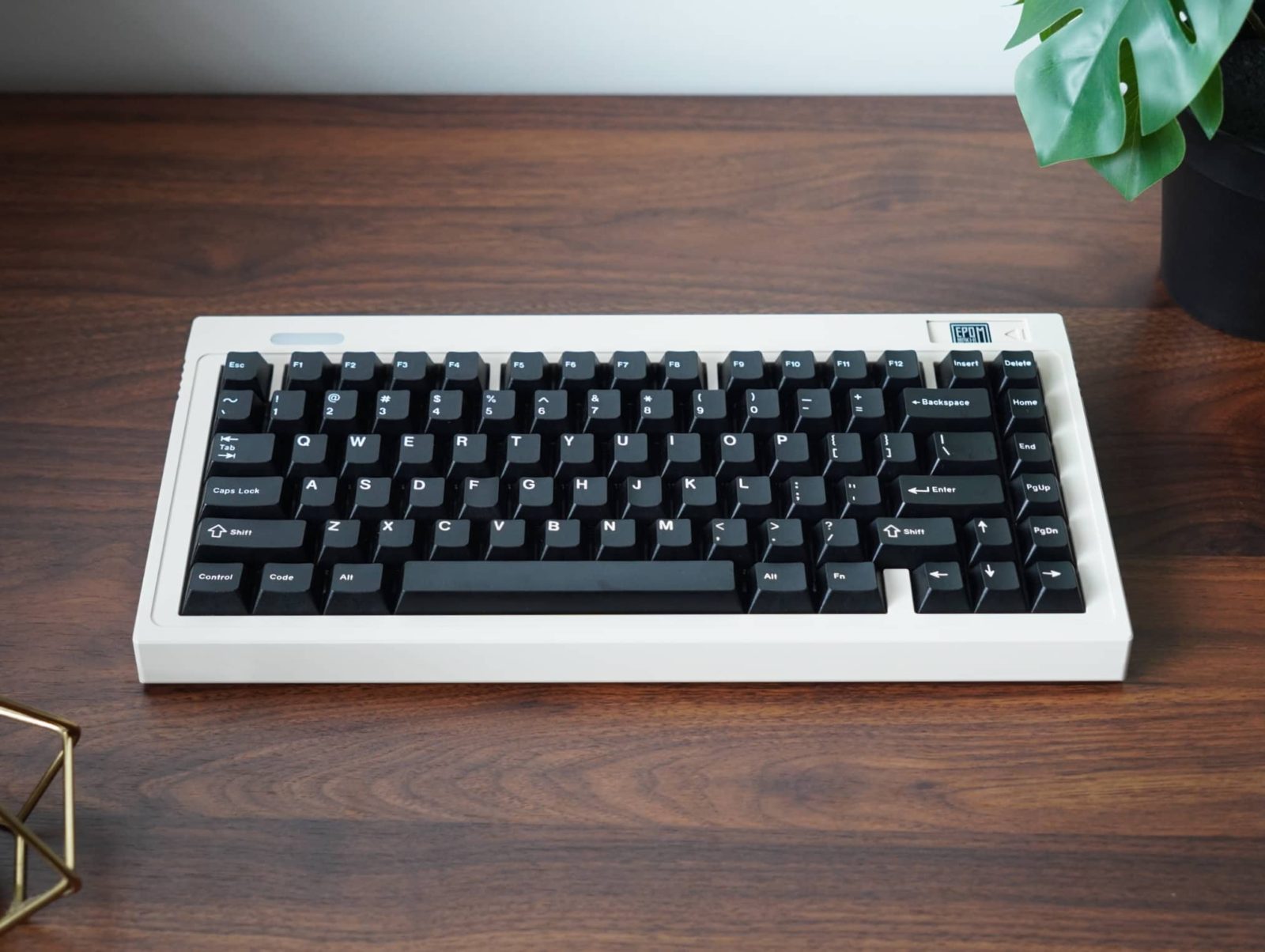
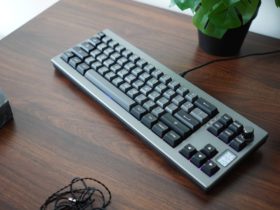



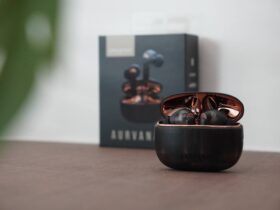

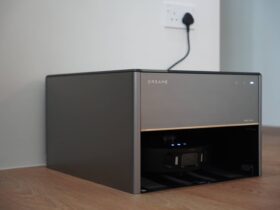
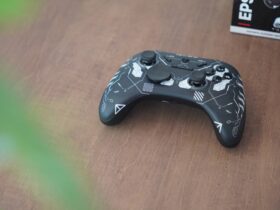
Leave a Reply